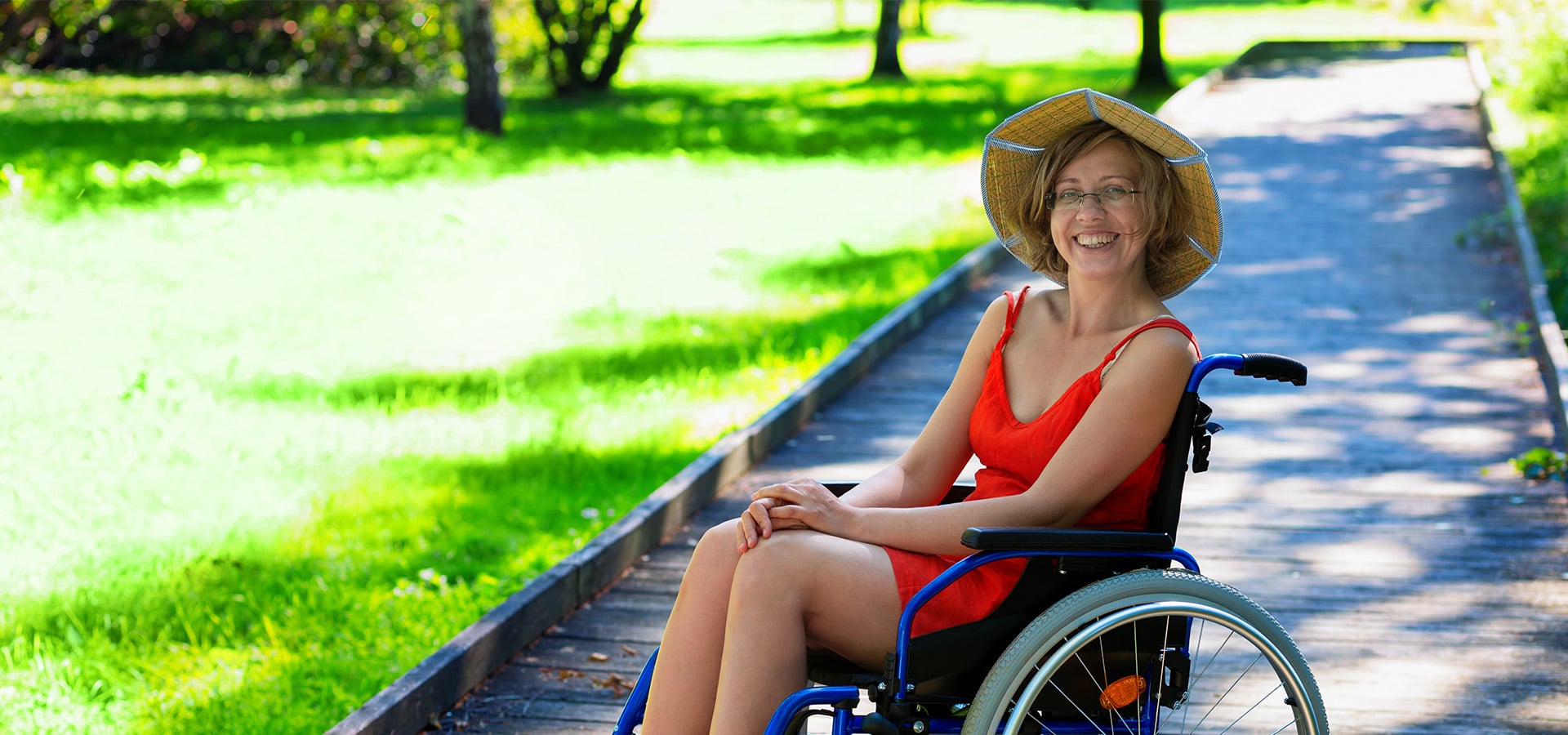
If you are newly disabled following an injury or adjusting to age-related changes in your mobility, you may find that your existing clothing provides challenges while getting dressed. Luckily, there are a lot of options on the market to meet the needs of all styles and abilities.
Self-Dress Adaptive Clothing
For those who are dealing with arthritis, Parkinson’s Disease, or other neuromuscular diseases that impact fine motor skills, while you may still be able to dress yourself, you do not want to fuss with small, tight closures.
Look for “button down” shirts without buttons. Ideal for someone who wants to maintain the look they are used to, but who may not be able to fasten individual buttons. These shirts use magnets or hook and loop fasteners to create a seamless and stylish look.
Elastics and other self-adjusting measures, such as openings at the bottoms of legs to accommodate braces or closures that provide fitted sleeves for amputees, are other techniques used to merge fashion and function.
Assisted-Dress Adaptive Clothing
Many retailers understand that it is crucial to help preserve the dignity of those who need help dressing, whether they are paraplegics, elderly, or facing end-of-life care.
Many assisted-dress items feature back closures so the person can be changed from a seated or lying position where they do not need to stand or lift their arms. These clothing items use hook and loop fasteners or magnets that provide discretion and full coverage while being worn.
Sensory Aware Adaptive Clothing
For people with an autism spectrum disorder, sensitive skin, or for wheelchair users who spend long times in a single position, it’s crucial for their clothing to be comfortable for all-day wear. Many brands are now designing with these consumers in mind. There are fewer seams in pants, no tags, softer waistbands, and fabrics with no itch.
While these features are found in many clothing items made for seniors, they are also becoming more commonly available from mainstream retailers and designers, including internet retailer Zappos, the Universal Thread and Cat and Jack lines available at Target, and Tommy Hilfiger. Be sure to read the item descriptions carefully to make sure the item will work for the specific needs of its wearer.
For a look at why accessible fashion is so essential, view this TED Talk with Mindy Scheier, the founder and CEO of the nonprofit organization Runway of Dreams, who created a solution to help her son, who has a rare form of Muscular Dystrophy, and impacted the fashion world.
(Note, National Ramp offers retailer links for illustrative purposes only and not as endorsements. We will not receive any affiliate payments if you purchase from any of these links, and we do not take responsibility for any issues with a retailer).

Don’t Risk Injury To You Or A Loved One
Why wait? Give us a call at 877-596-7293 or contact us online to get started!